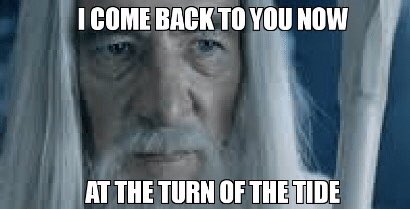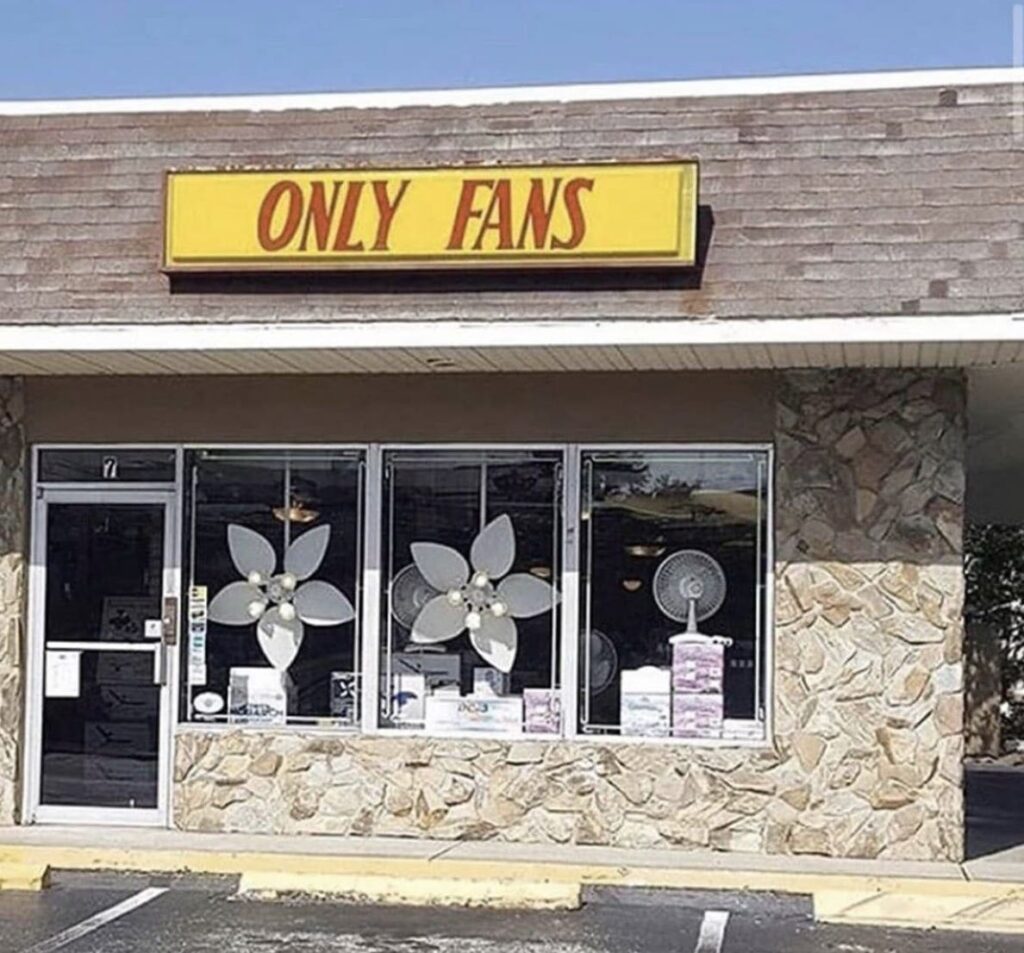Happy New Year dear readers!
You’ve asked for it, you’ve demanded it, you’ve sent me cut up pieces of the labor code with cryptic notes saying “humble blogger or else”… whatever that means. But what can one humble blogger do in the face of such strong demand? Your humble blogger is back!
So, what better way to start off 2025 with an update on what’s new with the stroke of midnight?
For starters minimum wage in California is now $16.50, up from $16.00 on 1/1/24. So, if you had a minimum wage worker off on TD, you’ll need to recalculate the AWW in light of the increase. There are also city and county specific minimum wages so keep that in mind as well!
Speaking of TD, the minimum TD benefit rate is now $378.05 (up from $364.29 in 2024) and the maximum is now $1,680.29 (up from $1,619.15 in 2024). PD rates, of course, remain stagnant at $290 per week since 1/1/2014.
However, if you are paying out life pension, the COLA adjustment is 3.77588% based on the SAWW increase.
The mileage reimbursement is up as well. We are now at 70 cents per mile up from 67 cents in 2024.
But wait, folks, that’s not all!
AB 1870, signed into law on July 15, 2024, now includes a provision in Labor Code section 3550 now includes subsection (d)(4) which reads “The injured employee may consult a licensed attorney to advise them of their rights under workers’ compensations laws. In most instances, attorney’s fees will be paid from an injured employee’s recovery.” So, if you have not already done so, you may want to update your benefits notices.
2024 has been a wild ride and your humble blogger has a feeling that 2025 will be anything but boring. Rest assured, dear readers, your humble blogger stands ready with dad jokes, puns, and the occasional crackpot idea to help us navigate our beloved swamp of Workers’ Compensation.
Happy New Year!



